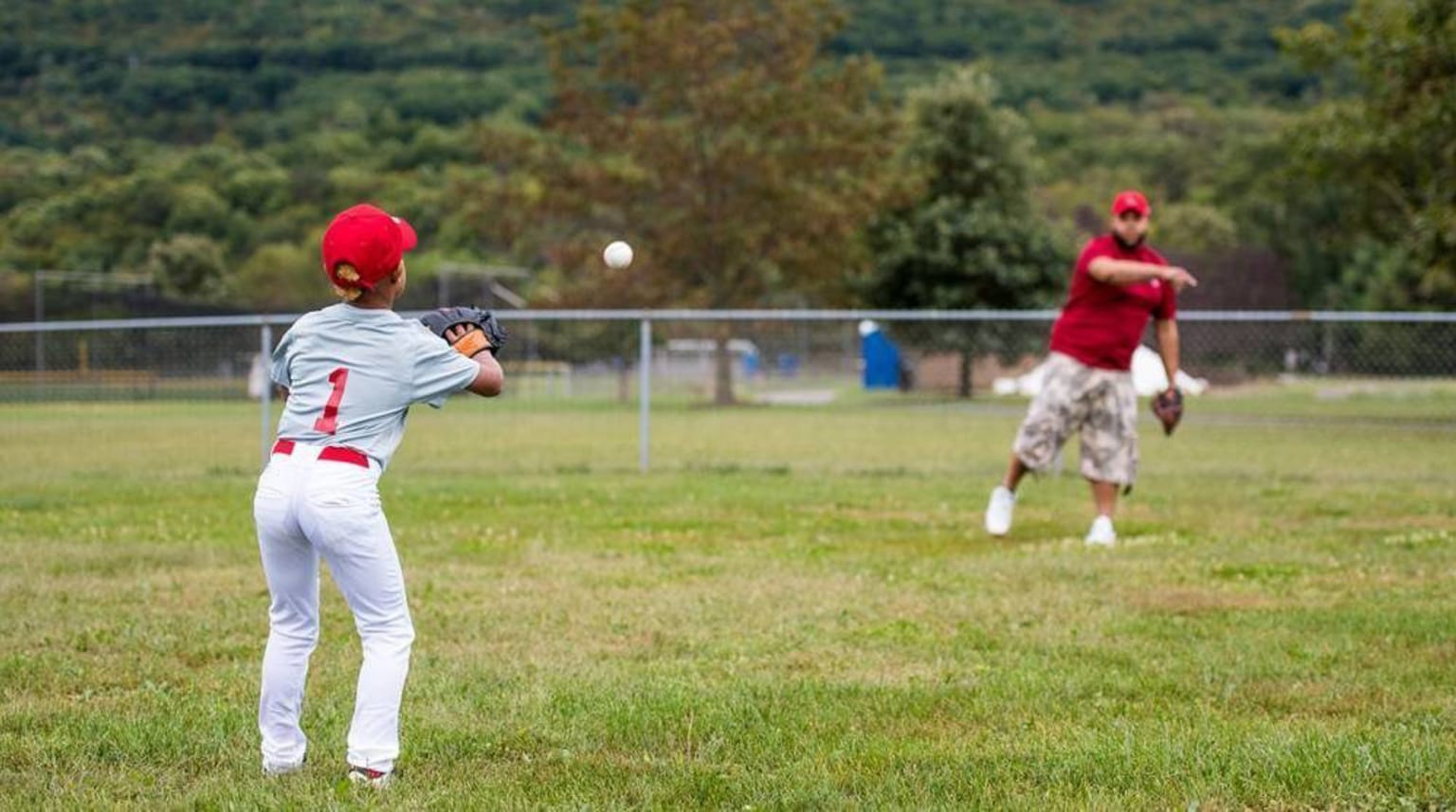Four Ways to Make the Most of Fall Ball

Fall Ball in many leagues may lack the excitement and attention of the regular season and tournament play, but in many ways it is just as important, if not more so. A healthy approach to Fall Ball can mean a lot to you as a coach, your league, your sport as a whole, and most importantly, the players you lead.
Absent the “pressure” you may feel to win games that count in the standings during the spring and summer – whether that comes from players’ parents, your peers or yourself – in Fall Ball, you can go all-in on player development. Here are four ways to capitalize on that set of circumstances and make the most of Fall Ball.
Pursue wins, but more importantly focusing on teaching life lessons.
You and your players should be as competitive as possible in your drive to improve skills, teamwork, and getting players to push beyond their comfort zones. That form of competitiveness is among the most valuable life lessons sports can teach. However, the scoreboard win that may seem almighty in the regular season and postseason, has next to no importance in Fall Ball.
So, for example, you should be even more attuned to letting players try different positions in the field and different spots in the batting order. The chance for change in a player’s long-term trajectory by hitting clean-up just once instead of his or her customary bottom-of-the-order spot is reason enough for you to draw your line-up card that way.
Players who succeed in those new roles are more likely to blossom into regular-season threats. If nothing else, you may be providing those kids a once-in-a-lifetime experience, inspiring a sense of self-esteem that overflows into other aspects of their lives.
Focus on major increases in reps for major boosts in confidence.
Fall Ball is a great time for reps, reps, and more reps. Time you may have spent during the regular season on situational training, for example, is likely better spent during Fall Ball on extra batting practice, extra turns in the field, and teaching more players the fundamentals of more positions. A goal for Fall Ball should be to develop skills to help the player advance next year. Talk to your players’ parents and regular season coaches and find out how the extra reps can develop your Fall Ball players and set them up for success next season.
The payoff is many more well-rounded players who benefit from the chance to enter the next regular season with legitimately higher hopes for success. It also gives you a chance to recognize some diamonds in the rough that you can draft next season and continue to develop.
Grow as a coach while helping players grow by trying unusual strategies and tactics.
Some of the “cardinal rules” of baseball and softball, such as never make the first or last out of an inning at third base, may go out the window during Fall Ball. Granted that you don’t want to teach bad habits, nor want them to take root in your regular-season coaching, but this is a great time to let players try to go first to third on a deep single, even with nobody out. Have fun and allow your players to experience new situations on the field in a low-pressure environment.
Players who make that trip may be achieving their athletic thrill of a lifetime. And you, as a coach, may take a new view of the athleticism on your team and at least have the option of more aggressive base-running.
Recognize that a good Fall Ball experience can add and retain players for your league.
Fall Ball gives everyone involved in Little League a chance to have time at the field without any pressure, and coaches and parents should do their best to keep it that way.
Working relationships with team parents toward the development of their children as players and people should come a little easier without the stress of the league standings, which can keep more families supporting your league, maintaining its vitality, and helping it grow through positive word of mouth.
Take pride in your important role of keeping players interested in baseball and softball. The approaches recommended here can keep more children playing baseball and softball, which is important to their long-term health as well as the long-term health of baseball and softball.
Additional free resources from PCA are available at www.PCADevZone.org. For more ideas on getting the most out of your players while teaching life lessons, take the full-length Little League Double-Goal Coach® Course at http://shopping.positivecoach.org/Little-League-DGC
Submitted by David Jacobson, Positive Coaching Alliance